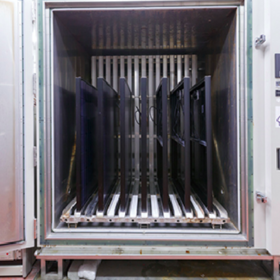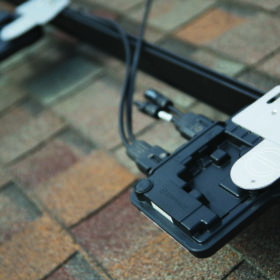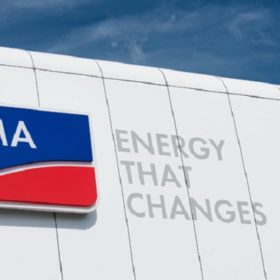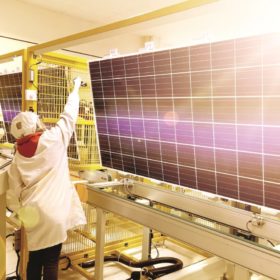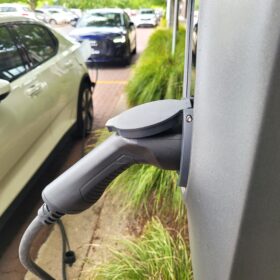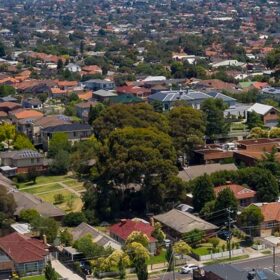Sharp launches three new mono-PERC modules with 19.1% efficiency
Sharp has released three new high-efficiency mono-PERC solar panels. Ranging from 300 W to 370 W, the five-busbar modules are designed for use in a range of applications, from residential PV projects to large commercial installations.
Victoria to make smart inverters mandatory for Solar Homes
Following the decision to require retailers taking part in the Solar Homes program to be signatories to the Clean Energy Council’s Solar Retailer Code of Conduct, the Victorian government has set specific requirements for inverters that will be installed under the program.
REC Group rejects Hanwha Q Cells’ allegations in Australia
The Norwegian solar panel manufacturer says Hanwha Q Cells did not provide full particulars of its allegations despite REC Group’s requests and went ahead to commence proceedings in the Federal Court of Australia.
SMA posts €175 million loss for 2018
The German inverter producer’s sales also fell significantly in the past financial year. With its cost reduction program, SMA is now eager to orchestrate a turnaround, but its first-quarter guidance still shows a sustained downward trend.
Shunfeng to sell production assets for $447m
A unit of Shunfeng International Clean Energy (SFCE) has agreed to sell PV manufacturing assets to Asia Pacific Resources Development Investment for RMB 3 billion ($447 million).
High-efficiency solar module upgrades from REC and Trina
REC Group has begun production of its residential N-Peak Black series, reaching up to 325 watts. Concurrently, Trina Solar has released four new modules within its Tallmax, Duomax, Duomax Twin and Honey series — some of which reach up to 415 watts.
Hanwha Q Cells expands Australian patent infringement lawsuit to include REC, BayWa r.e., Sol Distribution
The South Korean solar module maker has filed another claim with the Federal Court of Australia against Norwegian solar manufacturer REC Group, as well as PV distributors BayWa r.e. Solar Systems and Sol Distribution, for distributing products that allegedly infringe on its patents.
JinkoSolar shipped 11.4 GW of modules in 2018
Chinese module manufacturing giant JinkoSolar today published its financial results for the full year 2018. While the company achieved an impressive 16% growth in shipments over the previous year, its total revenue took a 5.4% hit compared to 2017, thanks to falling module prices throughout the year.
Canadian Solar’s PV module shipments surpass 6.6 GW in 2018
Canadian Solar recorded net income of $237.1 million in 2018, from $99.6 million a year earlier, on annual PV module shipments of 6.62 GW.
Meyer Burger contract announcement emphasizes difference from Hanwha passivation tech
With the legal squabble between Hanwha Q Cells and three rival solar manufacturers now encompassing three countries, equipment supplier Meyer Burger saw fit to refer to the dispute in its latest announcement of an Asian contract win.
